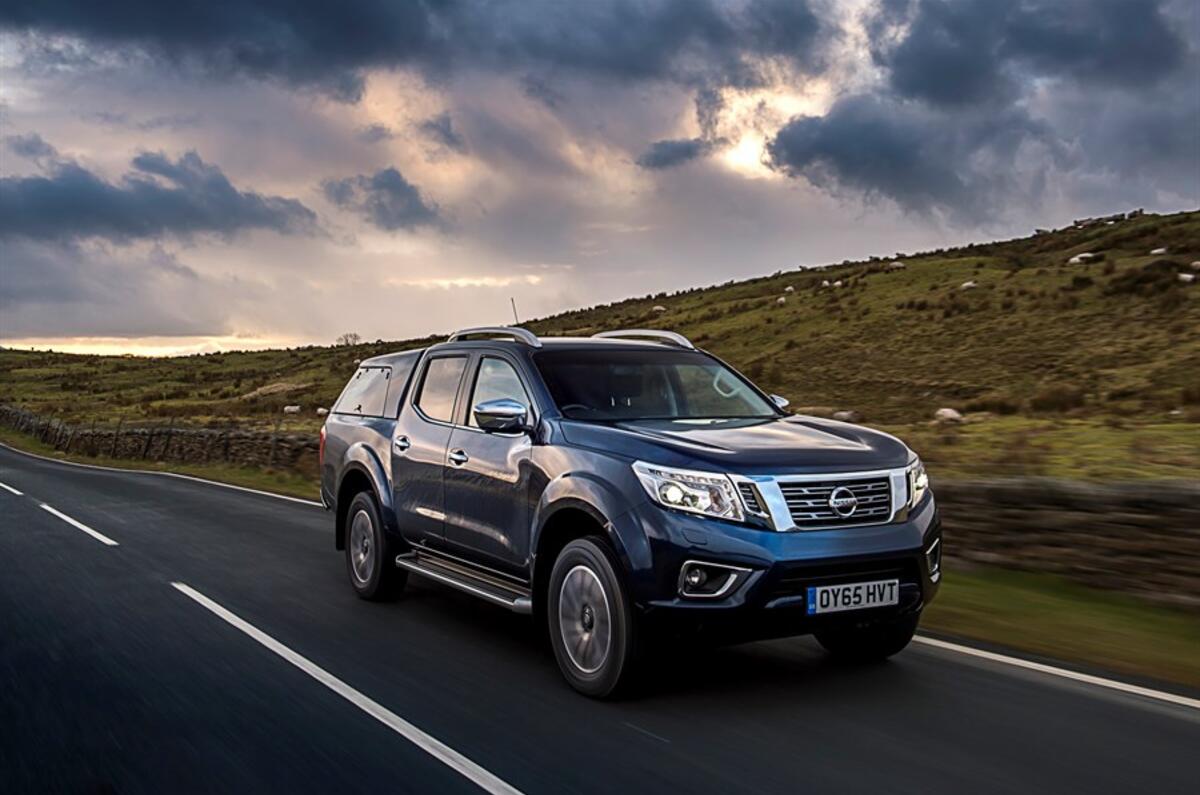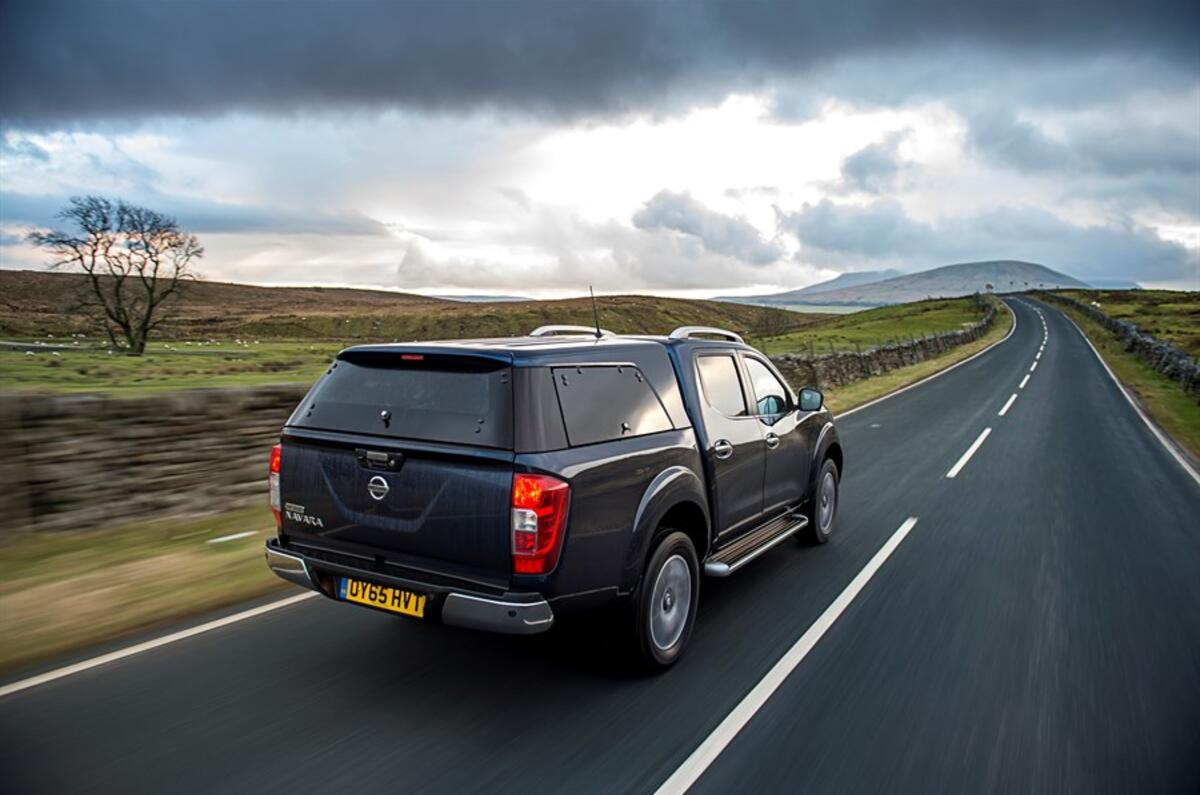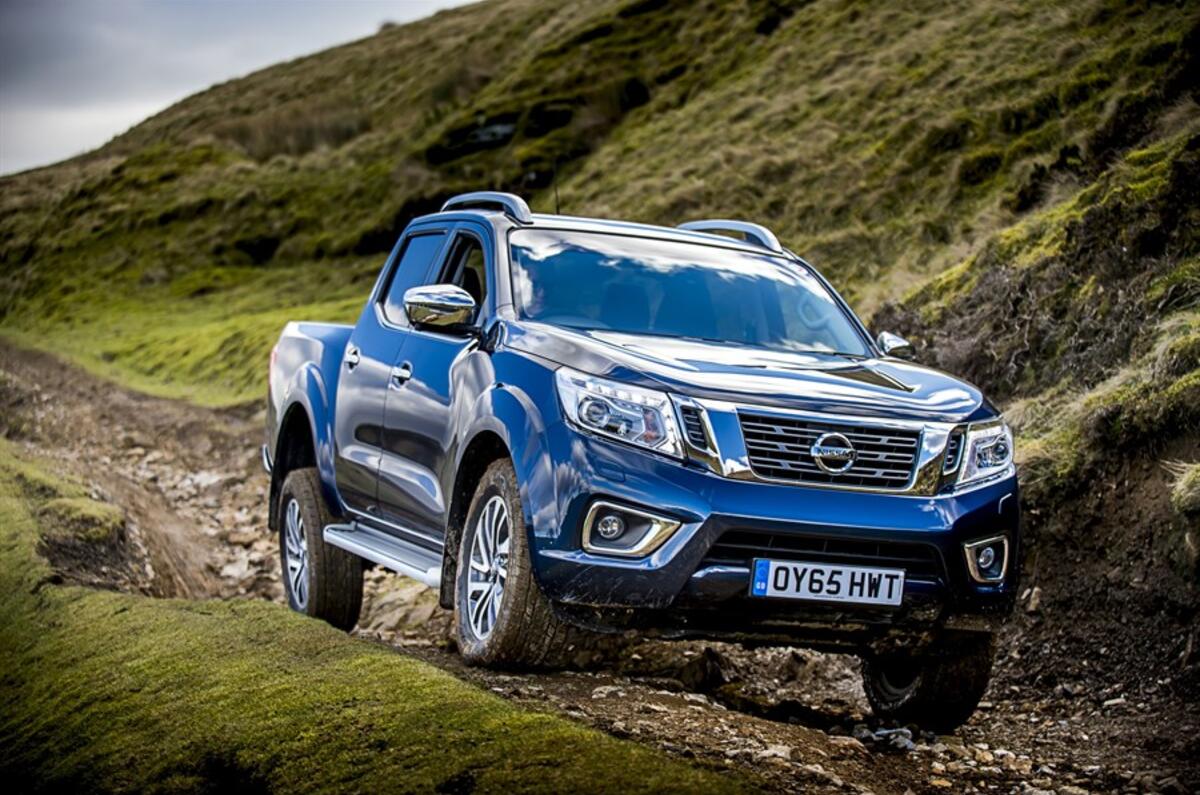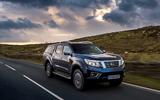This is the latest in a long line of Nissan pick-ups, from a family tree that stretches back 80 years. Things move quickly in the motoring world though, and a class-leading vehicle can soon find itself an also-ran in just a few short months.
Ten years is therefore the motoring equivalent of an age, but despite this, that’s exactly how long the second generation of Nissan Navara had been on sale in the UK.
As good as it was, time waits for no man (or 4x4). So with impeccable timing, Nissan has brought its third-generation Navara, the NP300 to the forefront. Considering that there are refreshed versions of the Ford Ranger, Toyota Hilux, Volkswagen Amarok and Mitsubishi L200 all entering the market, the Nissan has some stiff competition. However, this fight for supremacy is only set to intensify with the Renault Alaskan (based on the Navara) and Fiat's Fullback (based on the L200) both priming themselves to enter the battle, while Mercedes-Benz, Peugeot and Citroën are all watching on from the horizon.
Therefore it’s a good thing that Nissan has been thorough with the NP300, then. Although the chassis and 4WD system are modified versions of those found on the second-generation Navara, everything else is new. The engine has predictably been downsized and now comes in at 2.3 litres, a reduction of around 200cc.
Two outputs are available: 158bhp and 187bhp. You might expect Nissan to have simply cranked the boost up to get the additional power, but they’ve been a little more thorough than that, bolting on an extra turbo to create extra grunt. Naturally, both engines feature economy and emissions improvements, too.






























